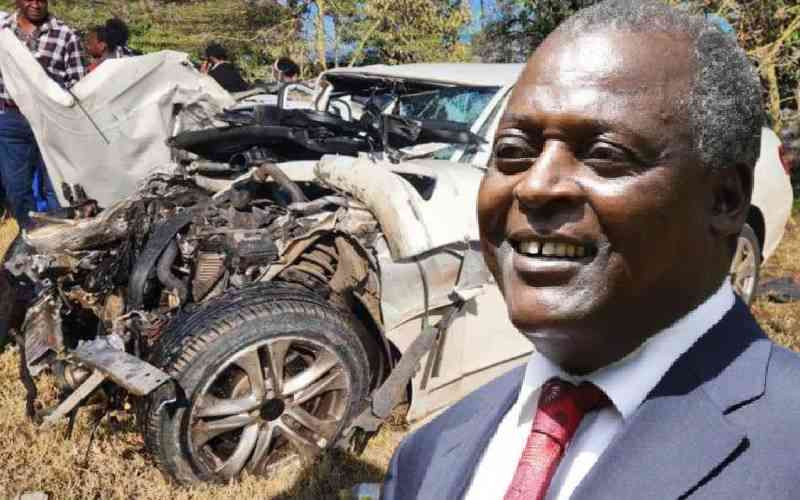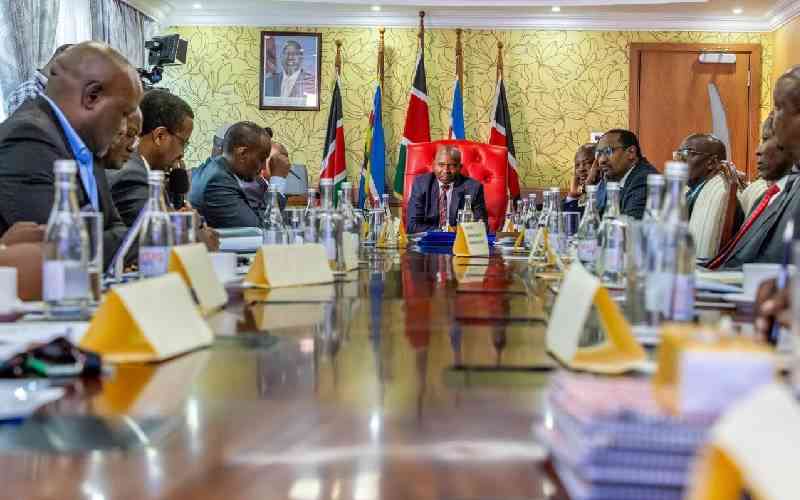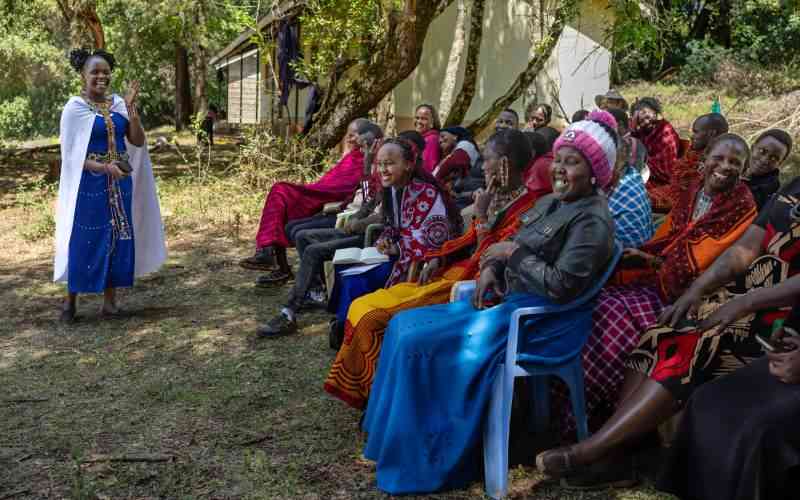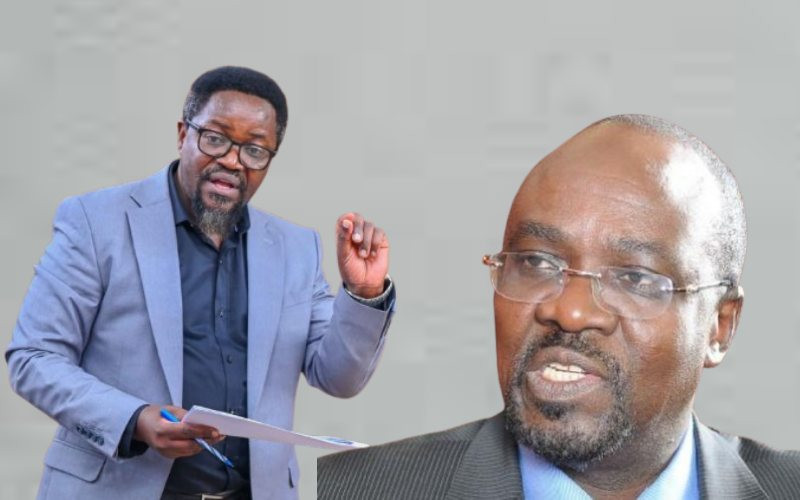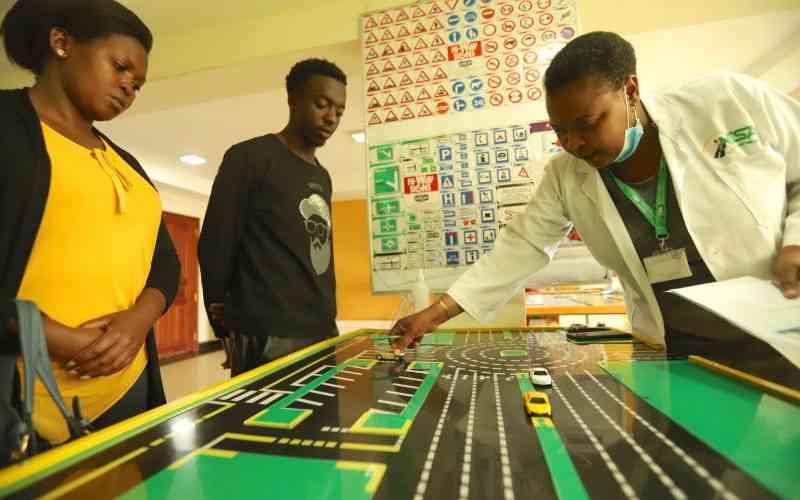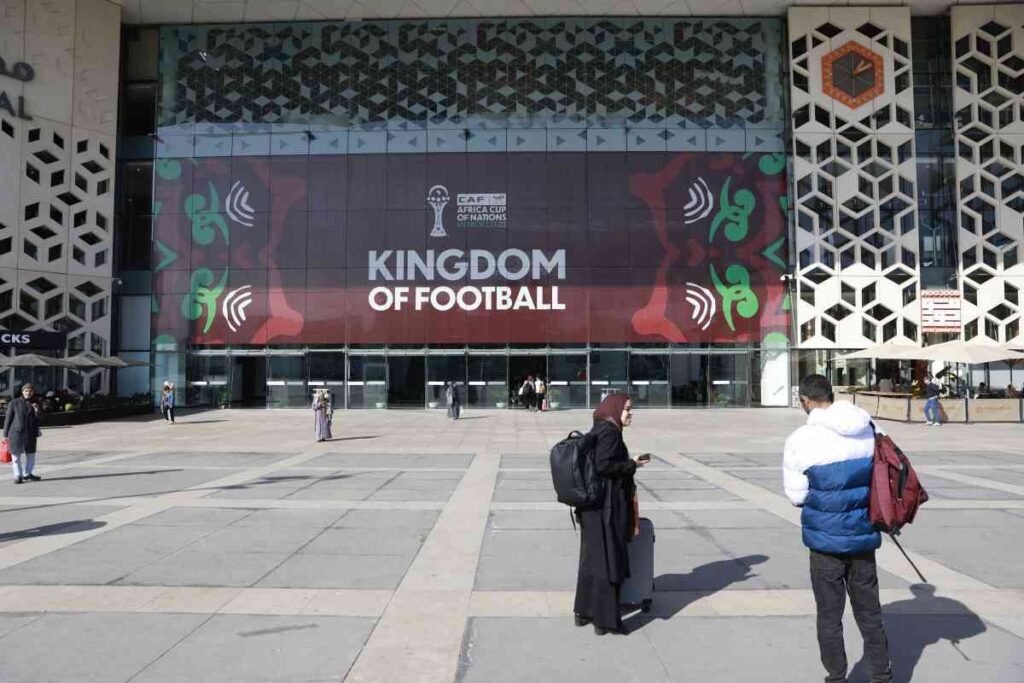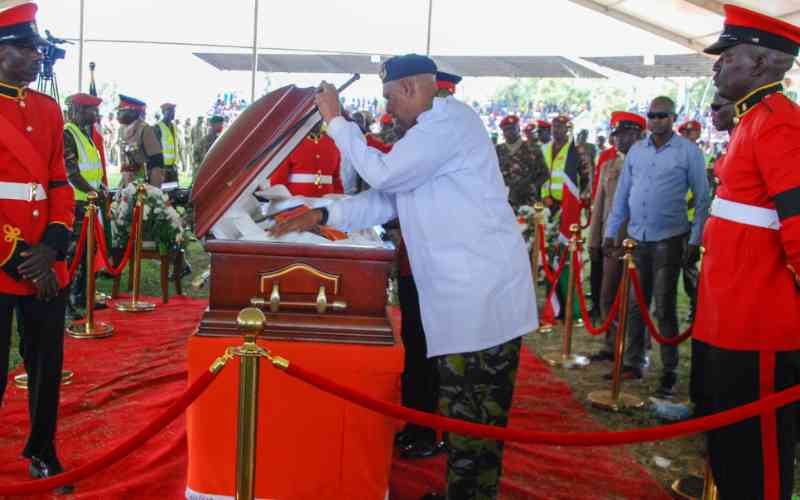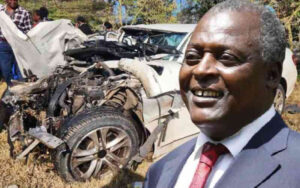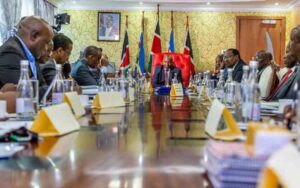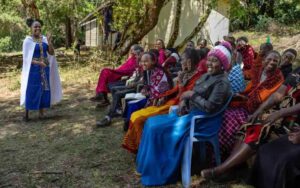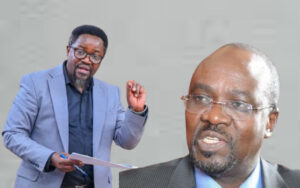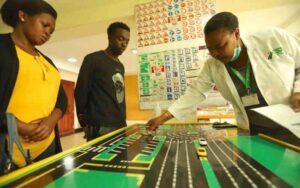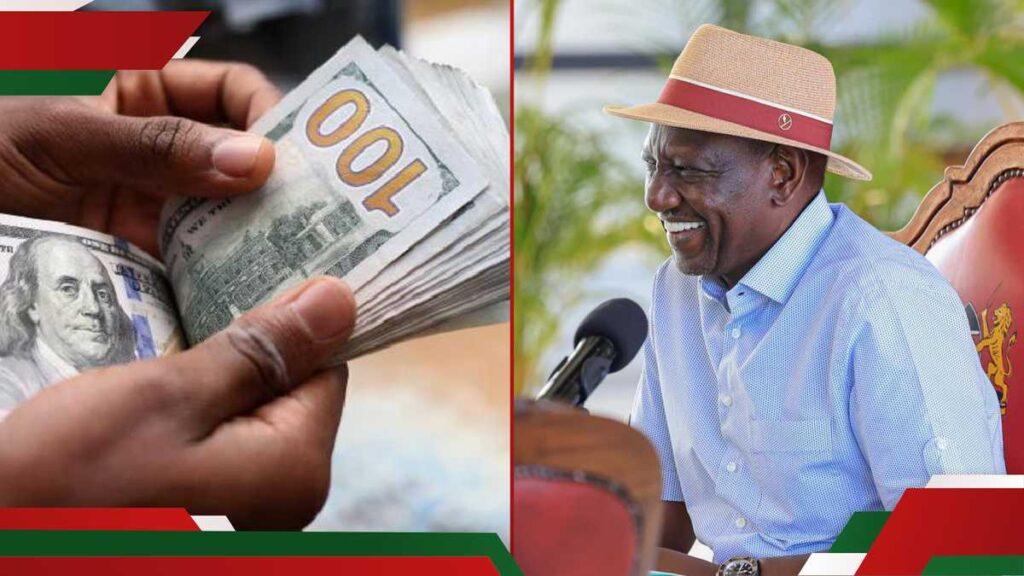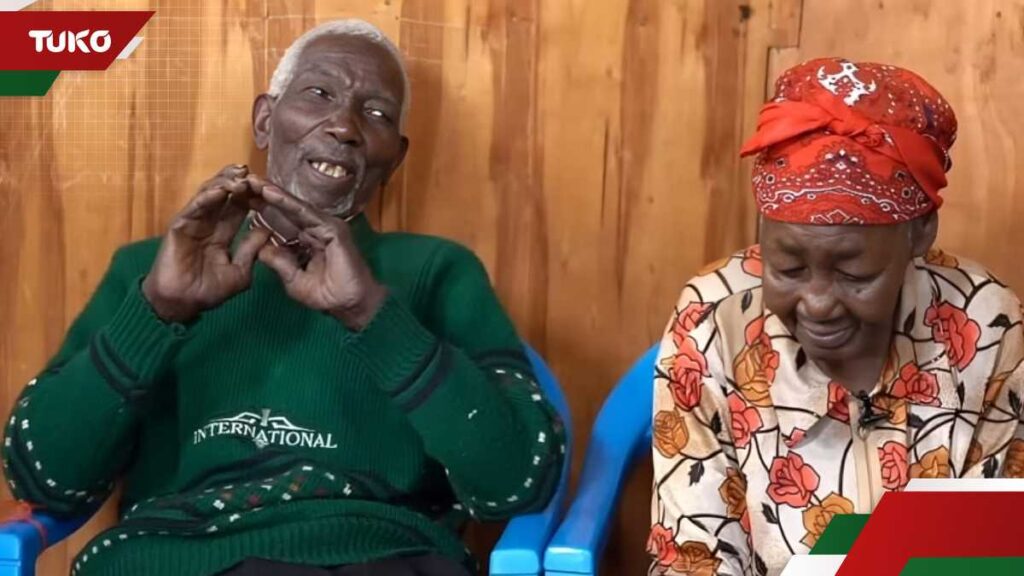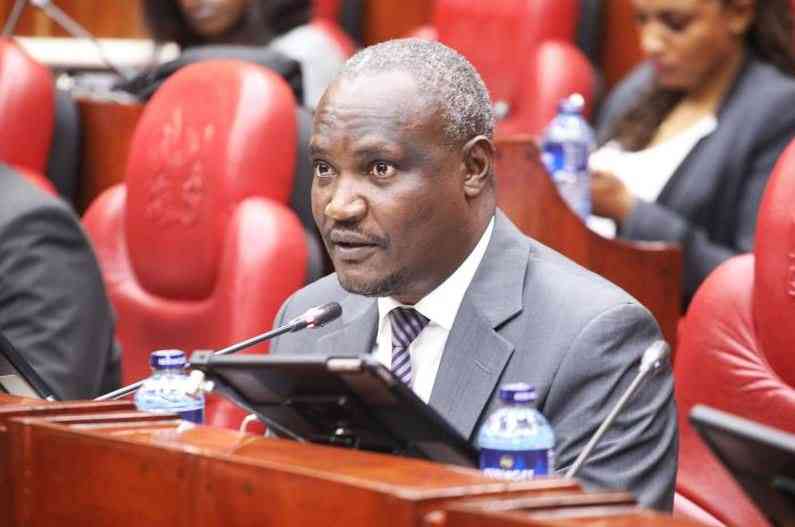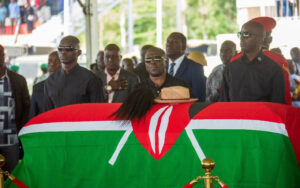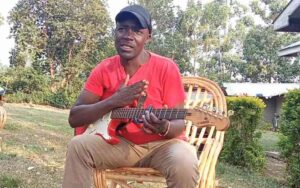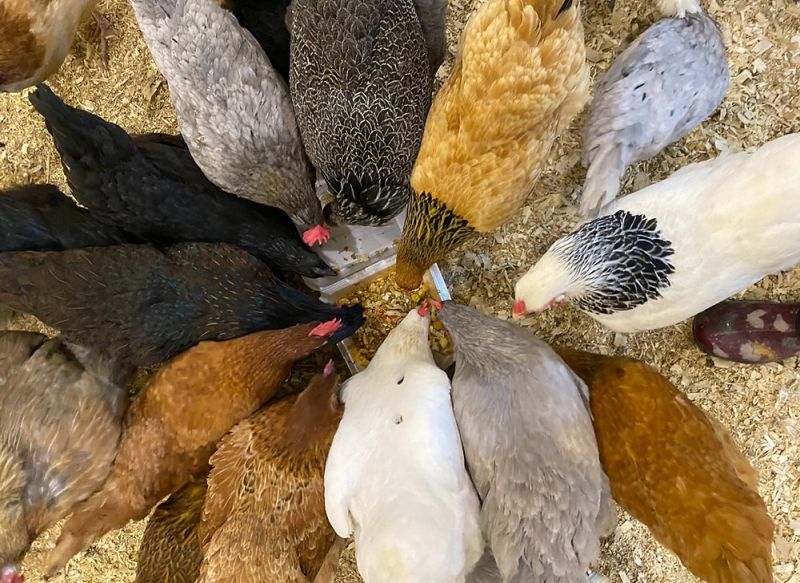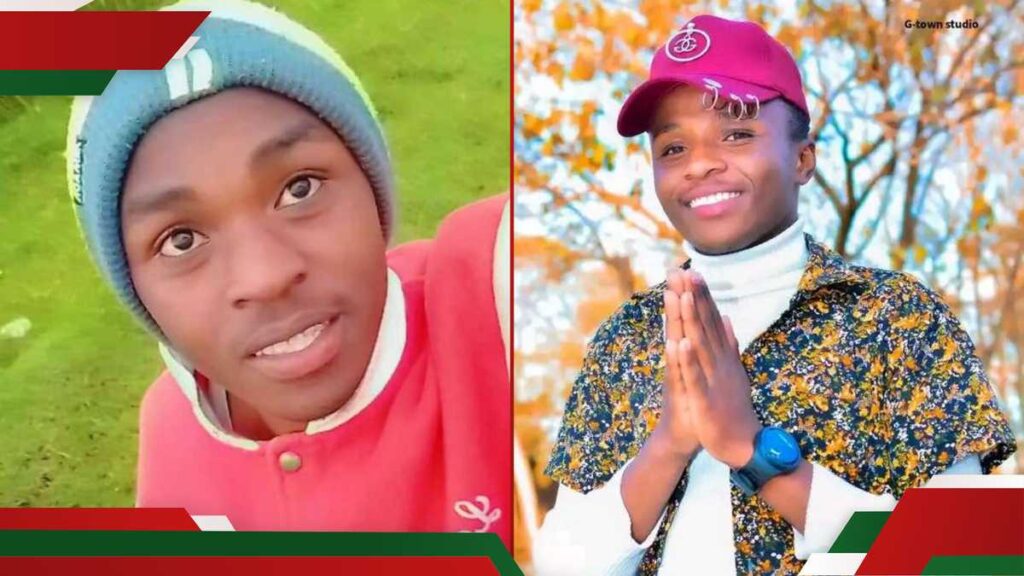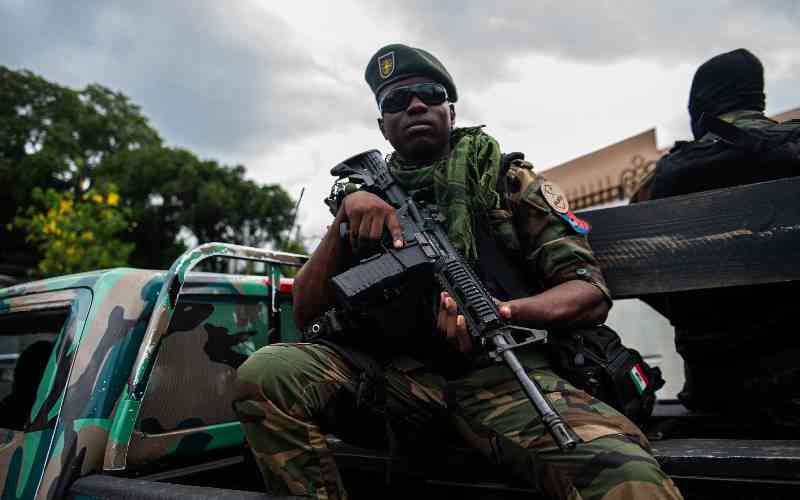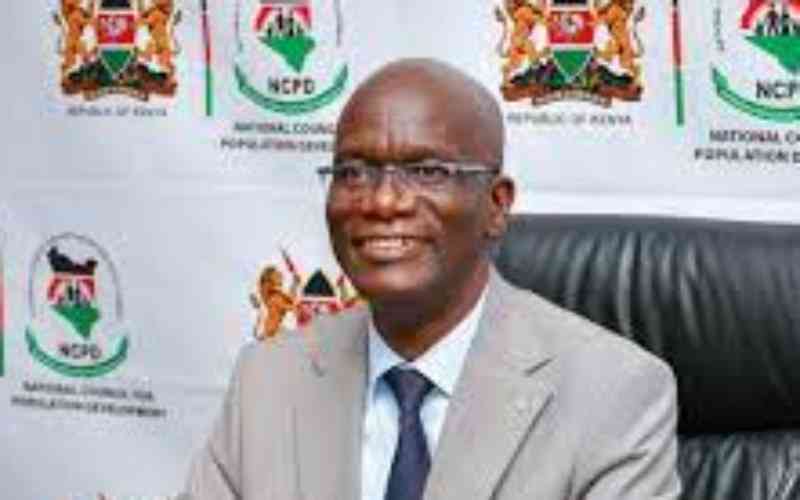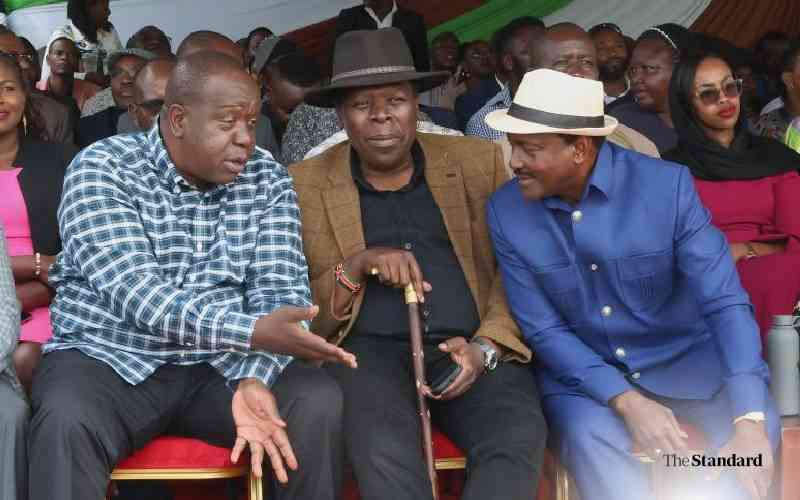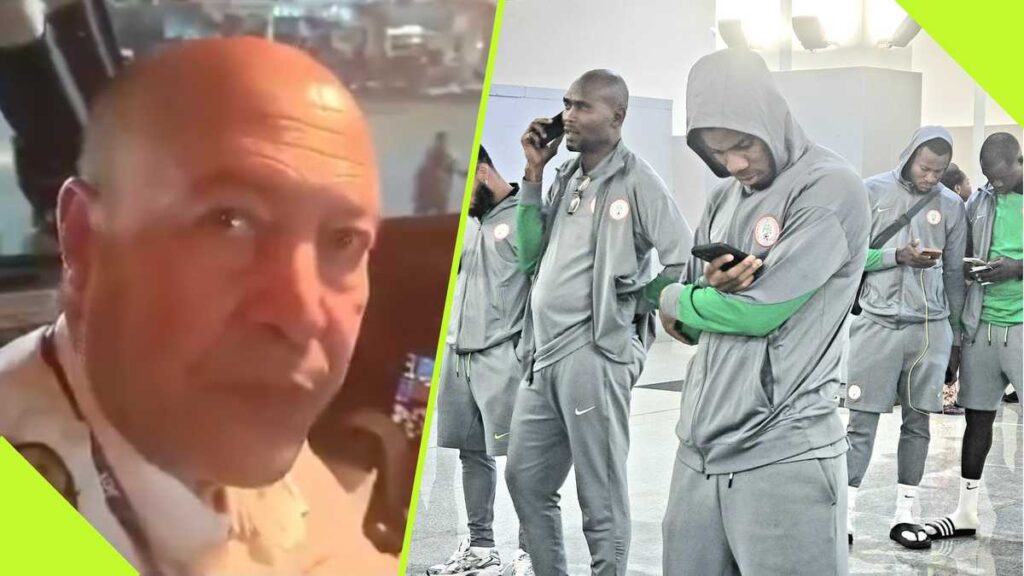The body of former Prime Minister Raila Odinga touched down in Bondo for his final farewell, one rich in traditional Luo culture, and one that his widow Ida had pleaded with mourners to make peaceful.
Guests from all over the world would be attending, Ida told mourners, and so there shouldn’t be any bad behaviour.
Very few mourners outside the Opoda farm, their homestead, must have heard what she said at a televised briefing on their house’s porch.
They had been running up and down, dancing their sadness away. Drumming and crying and singing dirges. So Ida had to plead and plead some more for order, and they listened briefly before then again crowding the gate at Raila’s homestead.
And when the military helicopter carrying the former premier’s body touched down, the masses hurtled there to receive the man they had been singing about all day.
In keeping with customary dictates, he had come home before sunset. Mary Nyona, an elder from Bondo, had told The Sunday Standard on Friday that the Luos of old shunned arrivals after sunset.
Ida and Oburu Oginga, Raila’s elder brother, led a welcoming party of family members at 4.42pm to receive the patriarch. They should have ushered him in through the main gate, which directly faces their house’s front door. That had seemed unlikely, with a side gate preferred by the family.
These plans were thwarted by the charging crowds at their gate, who wanted to be let in. And so he was taken to a viewing site even before he made it home, which ought to have been his first stop. Still, they refused to go.
It would have been easier to have the chopper touch down inside the homestead, but culture insists they must come in through the gate.
In life, Raila would have walked right through them, waving and smiling at them. Craving a more ‘dignified’ send-off, the family, justifiably, preferred to wait until things cooled down.
Many climbed up trees to catch a glimpse of the man they considered a unifier for the community, alongside Gor Mahia, the football club that traces its roots in Homa Bay.
They hoisted branches and twigs, a rite deeply rooted in Luo culture as a sign of respect for the departed.
To them, theirs was as dignified a send-off as any, befitting for a man who never shied from mingling with them.
Raila will be buried on Sunday at his father’s homestead. The military honours that await him means that he will be laid to rest like a statesman. But more significant, at least to his Bondo hometown supporters, is his internment as a Luo elder. The most supreme Luo elder.
Stay informed. Subscribe to our newsletter
A man with his own homestead, he would ordinarily be rested where he built a home, at the Opoda Farm. But a son can very well be buried in their father’s home, the place of his boyhood, if he had willed it so, as Raila will be.
Even before his arrival in Bondo, bulls had been trooping into his homestead. Prime Cabinet Secretary Musalia Mudavadi and Busia Governor brought theirs yesterday, as well as hand-delivered chickens.
This culture is shared among the Luo and Luhya communities that neighbour each other in Western Kenya. Careful not to burden a grieving family, it was neighbours who traditionally brought in supplies that would feed mourners.
Elders from different communities, too, paid their respects. Minutes before the helicopter carrying Raila’s remains was sighted, elders from the Kalenjin community brought in 80 cows.
The act underscored Raila’s stature not just among the Luo, but the entire Kenyan nation.
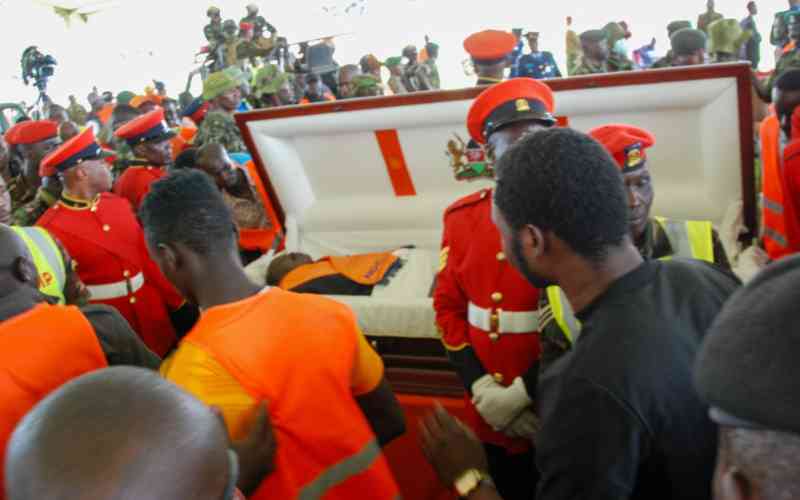
Some people donned mourning regalia fashioned from cow hides and bore fly whisks which they waved as they strolled in. Others carried spears they pierced into the air to symbolically fight off the spirit of death that had dared claim Raila.
More cultural practices will be on display today. According to Jaduong’ Odida Buoga, an elder from Sakwa, a man of Raila’s stature should not be buried in the morning hours.
“An old man can only be buried when the sun moves to the west, when the wind blows from the lake. It is not right to bury him when the wind blows from the land to the sea,” he said.
This tradition is also practised when he is first mourned. If he died in the morning as Raila had, the first cry would be made “at about 4 pm.”
By now, Buoga added, Raila must have identified a bull he had wanted slaughtered at his funeral. In the past, he added, he would be buried in the cow’s hide.
As dignitaries converge in Bondo, there will certainly be praise for Raila from those whose lives he touched.
“This tradition was introduced to us by the Anglican church,” said Buoga. “In our culture, elders would assemble and try to establish whether he owed anyone in life, and they would reach a settlement.”
He described the tribute session as “showing off,” adding that such praises would have been sung during the famed Tero Buru ceremony, through which bulls are driven into the homestead of the deceased. Buoga said the procession would run to the border point of two clans to alert the neighbouring clans of the death.
“They would arrive at the homestead with the cows, running in and out, and later they would be offered a meal of roasted goat meat,” said Buoga.
The ceremony would often take place a day before the burial, he said.


